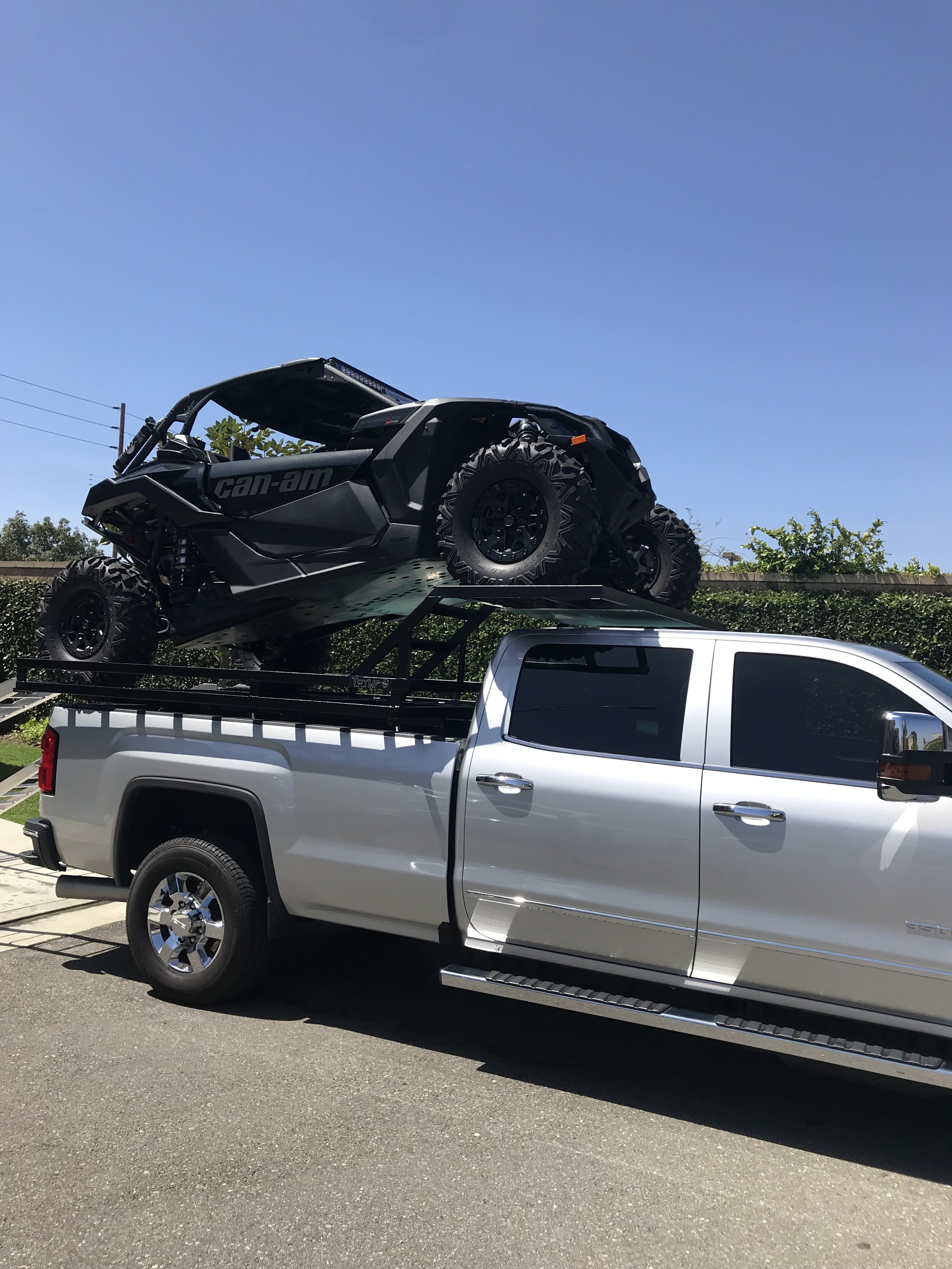“WOULDN’T AN ALUMINUM DECK BE MUCH LIGHTER?”
Answer: It wouldn’t be any lighter, but it would be much more expensive.
The aluminum-vs-steel, strength-vs-weight issue is one that is commonly misunderstood, especially among truck deck makers, and sometimes even among engineers. The misconception arises from the partial truth that there are aluminum alloys that are as strong as, or stronger than, steel. It’s more accurate to say that there are some aluminum alloys that are stronger than some steel alloys. One of the most widely used high-strength aluminum alloys is alloy 6061 with T6 temper. Pound for pound, 6061-T6 is stronger than some steel alloys, but not as strong as others. The fact is, for any given high-strength aluminum alloy, there are higher-strength steels that outperform aluminum in strength-to-weight. Factors other than strength and weight eventually dictate which material is a better choice for a particular application. For truck deck design, another of those other factors, a very important one, is stiffness. And as we will see: There is no stiffness advantage in using aluminum over steel.
Strength refers to the maximum load that a material can be subjected to without yielding. Stiffness refers to how much a material bends when a load is applied. Stiffness is quantified by a parameter called Modulus of Elasticity. Without getting overly technical, we can look at the relative stiffness of steel versus aluminum by comparing this parameter: Aluminum’s modulus is about 10 million psi. Steel’s modulus is about 3 times that: 30 million psi. That means, for a common structural shape used in a sled deck design, (for example, a 2-inch square tube), and for the same limit of bending with the same load, the wall thickness of an aluminum tube would need to be more than 3 times the wall thickness of a steel tube. Steel is about 3 times heavier than aluminum. (Steel is about .3 pounds per cubic inch, aluminum is about .1 pounds per cubic inch.) So the aluminum tube with the thicker wall ends up weighing the same as the thinner-walled steel tube, for the same length. This means: For a typical truck deck design, it will not be any lighter if it's made of aluminum than if it's made of steel! Note that this is regardless of the alloys chosen--the modulus is pretty constant. For steels, it varies from about 28.5 to 30 million psi; for aluminum it ranges from 9.9 to 10.3 million psi. So “high strength alloys” offer no stiffness advantage. Clearly, the choice of steel or aluminum for a particular application requires engineering scrutiny beyond the misleading "aluminum is lighter" assumption.
HOW DO YOU SECURE A TOYUP TRUCK DECK TO THE PICKUP?
All ToyUp truck decks secure to the bed of the pickup with 1/2” steel turnbuckles to the factory bed hooks in all four corners, the design of the frame work that sits in the bed distributes the load evenly across the bed so there are no high stress points at any given spot, assuring there will be no damage to you’re bed unlike decks that have a four leg design. The larger UTV decks also utilize a Tork Lift style mount on the outside front of the deck. ToyUp truck decks can be installed or removed in under 5 minutes.
CAN YOU WINCH ONTO A TOYUP UTV DECK?
There is a location to hook a winch, but you only want to winch on a deck Incase of a catastrophic failure, by winching on a deck you literally double the amount of times you have to get on and off the deck, winching on a deck over complicates a very simple procedure. We have dozens of retired gentlemen in there 70’s that use our cabover decks and absolutely love them.
WHAT IS THE SIDE PANEL OPTION?
The side panel option is custom wrapped sides done in customers choice of design and logos.
WITH THE SIDE PANEL OPTION
WITHOUT THE SIDE PANEL OPTION





